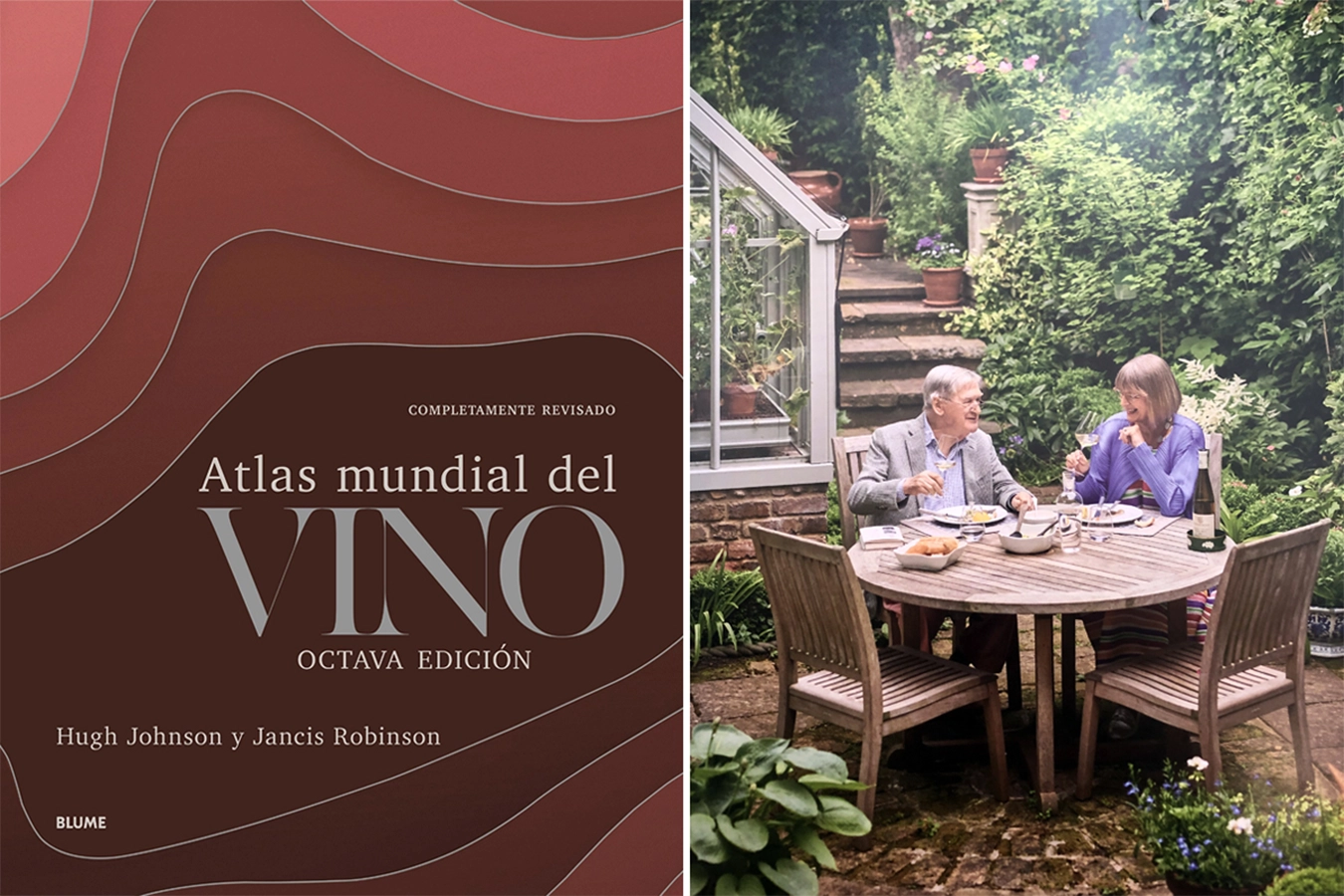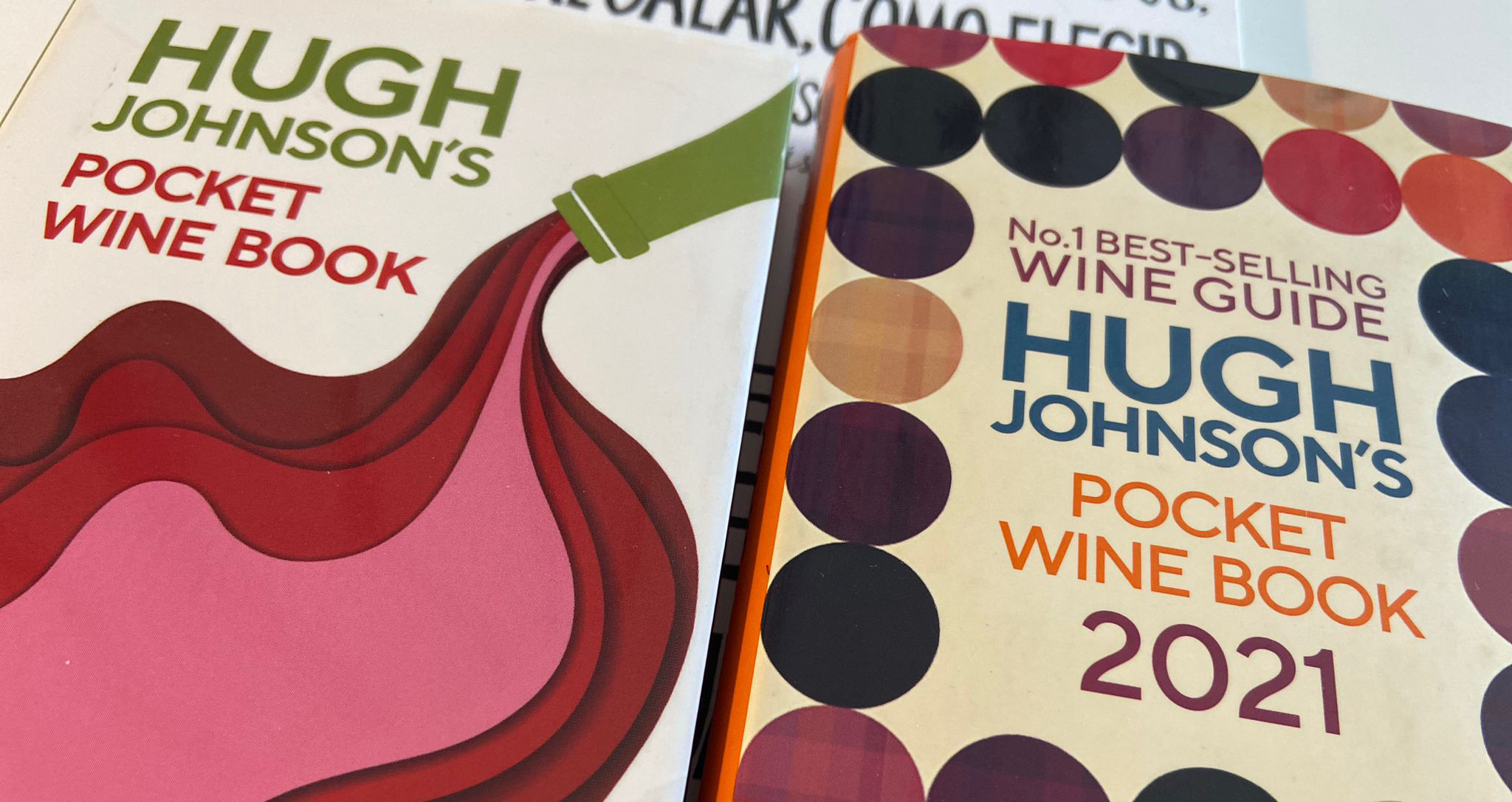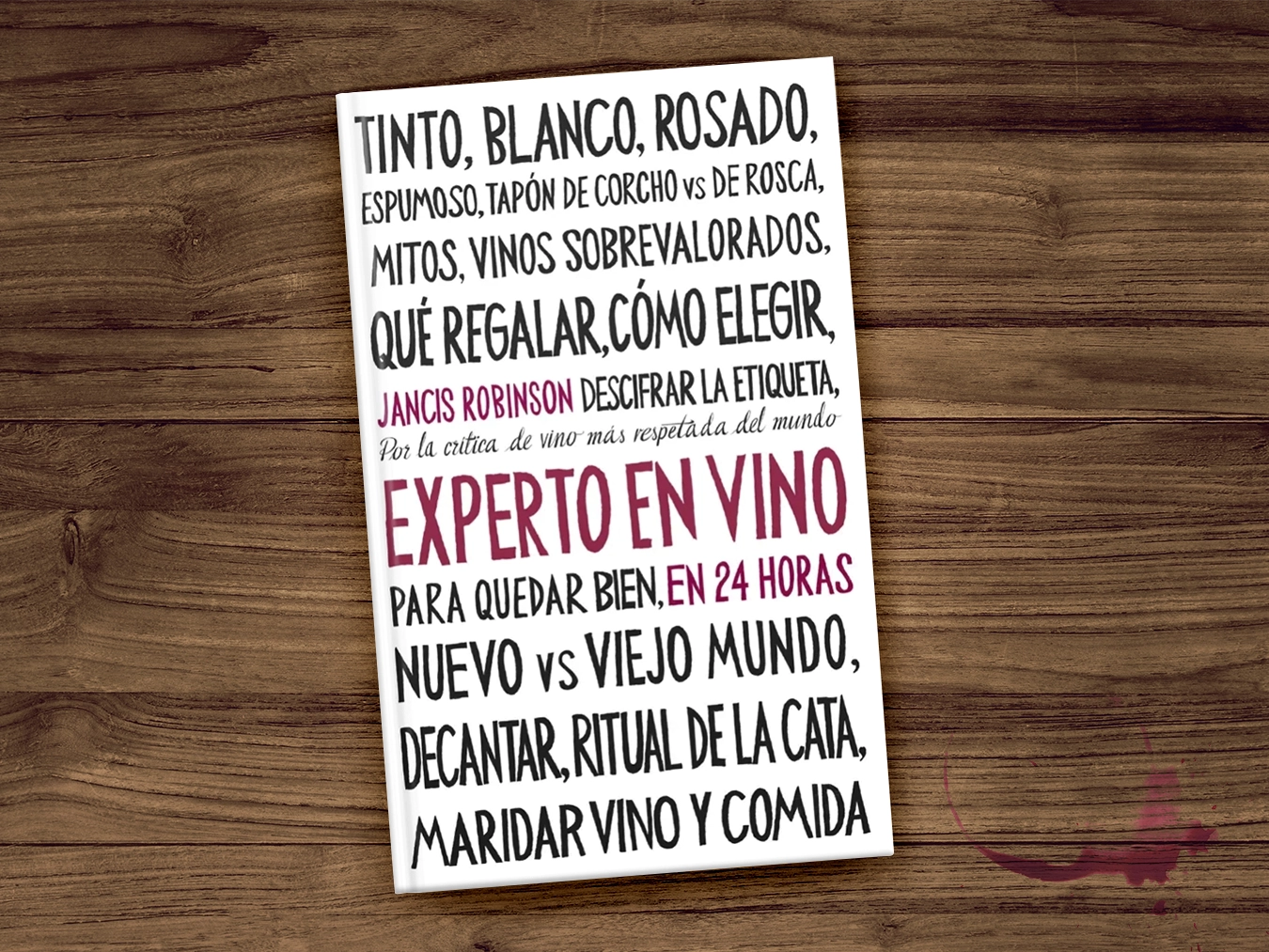Robinson “Wine expert”.
Paraphrasing Antonio Muñoz Molina, although transferring his words aimed at the bookish world to our wine world, mutatis mutandis, it is appropriate to say: “The word «prescriber» has an imposing resonance that makes me dislike it; but we need people with knowledge and expert taste to guide us in our wine inclinations, and who are not mercenary or cynical or want to give us a cat for the hare of an ideological catechism, disguised as oenology. Then everyone chooses or finds what they like best and what satisfies them. We don’t need prescribers to give us instructions and dictate slogans, but drinkers (bon vivants?) like us who will hint at clues to the unexpected and the unknown”.
This quote comes as a perfect fit to suggest that you read the book we are going to talk about today. The author is JANCIS ROBINSON, recognised worldwide as one of the most knowledgeable wine experts in the world.
We have already heard of Jancis Robinson through the comments made about her by Ferrán Centelles in his book ¿Qué vino con este pato? (that is, which wine with this duck?) That first contact between the two of them at the restaurant elBully has turned over the years into a special collaboration. In fact, our sommelier has been in charge of the technical review of the book we are commenting on and of writing a prologue that honours the book itself: “This book is a generous exercise in style and wisdom, because it synthesises the basic knowledge -developed after more than forty years of work-, necessary to take the first firm and solid steps into the world of wine”.
One day, perhaps with more time, we will dedicate one of these newsletters to the immense “World Atlas of Wine” that Jancis wrote with Hugh Johnson, now in its eighth edition. (Since we are referring to the latter, it is worth mentioning the guide that he has been publishing every year for almost fifty years, with references to thousands of wines from all over the world, suitably tasted and assessed. As a pocket book, it is the most convenient thing to have at hand when making a purchase decision in the face of the immense unknown).
There are no equivalent paronymous terms for ‘bebedor’ and ‘vividor’ in English.


We will not deal here with any of the author’s monumental works, but with the simplest of them all: THE 24-HOUR WINE EXPERT, published in Spanish by Planeta in January 2018. In this case, the cover does not use empty words to try to sell itself, but rather elegantly expresses the content that we are going to be able to read, and with a fine and skilful sense of humour it underlines the dimension of being an expert to which we can aspire with its reading (and practice): “TO MAKE A GOOD IMPRESSION”. No more can be claimed. There is no shortcut without work.

The author immediately confirms how right we were with the choice of the opening paragraph: “When I write, my role is to provide wine consumers with sufficient information to enable them to make informed choices”. From this follows its reversible character: “When I am asked how to choose wine, I always suggest establishing a relationship with the specialised wine shop in your neighbourhood. There are great parallels between wine shops and bookshops. In the same way that we can explain to a bookseller what we like and what we don’t like so that he can make us a personalised recommendation, a good strategy consists of explaining to a wine professional what we like and asking him to recommend us something similar but better, more daring or at a better price”. Wine and letters go naturally hand in hand.
As I said, the content of the book is indicated on the suggestive and promising cover. In addition, it is printed with letters in relief, which beg to be caressed in such a way that they anticipate the stimulation of all our sensory perceptions, which we will find inside. Because in the end that is what it is all about, to give guidelines to wine lovers so that they can know more and understand better, feel more and enjoy better. The aim of the book is the quintessence of education: to help in the formation of personal criteria.
It goes without saying that this is a handbook aimed primarily at those who are new to the culture of wine, but even the most experienced connoisseurs will find pleasure in reading it, in corroborating the simple explanation of what they already know, or in remembering forgotten details. All the topics of interest related to wine deserve your clear and unprejudiced attention: its production, its types, its tasting, its moment…; the bottle and other containers, its information, its conservation, its price…; the grapes, their varieties – the proposals for comparative tastings (my subconscious naturally wrote “shared”[1], I had to correct) are most stimulating -; the wine regions to know (basic guide) ….
And as far as the writing is concerned, it is an amiable book, easy to savour like a good open wine. It contains no literary pretensions, but it does contain images and touches of humour that are literature at its best.




Leave a Reply
Want to join the discussion?Feel free to contribute!